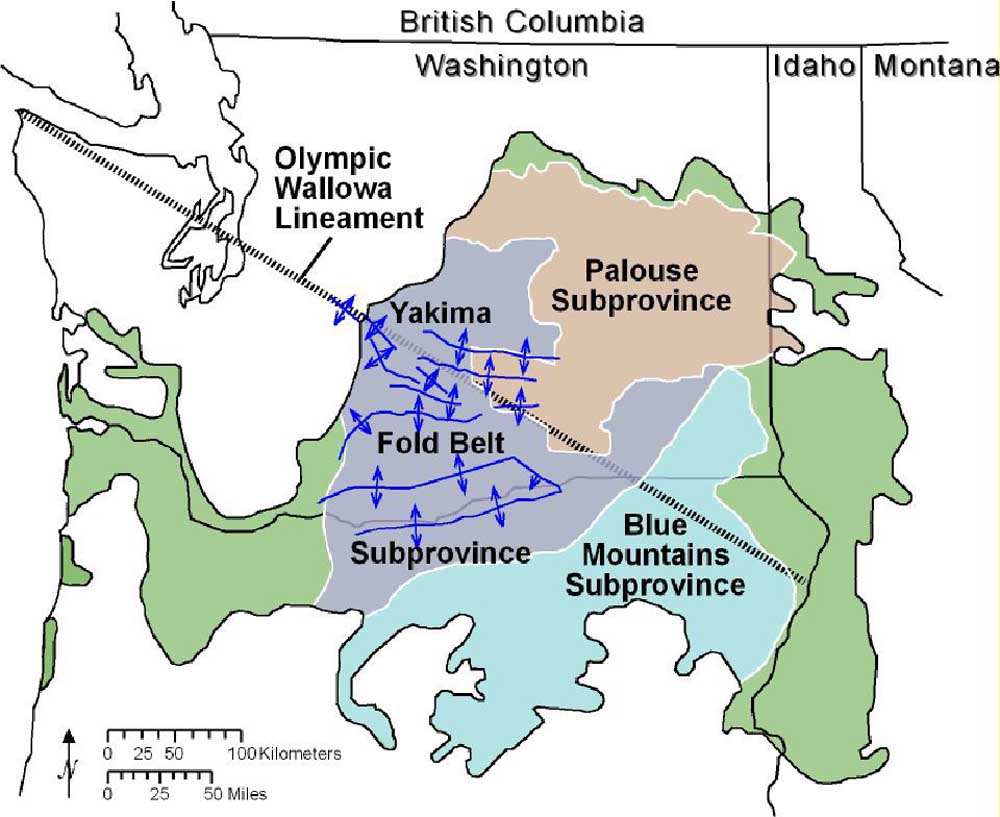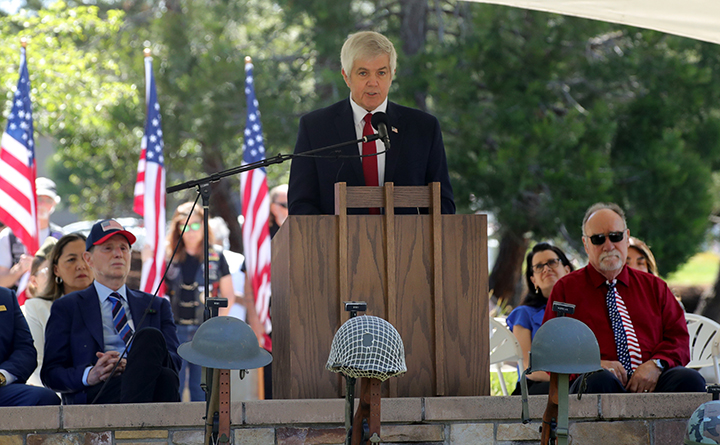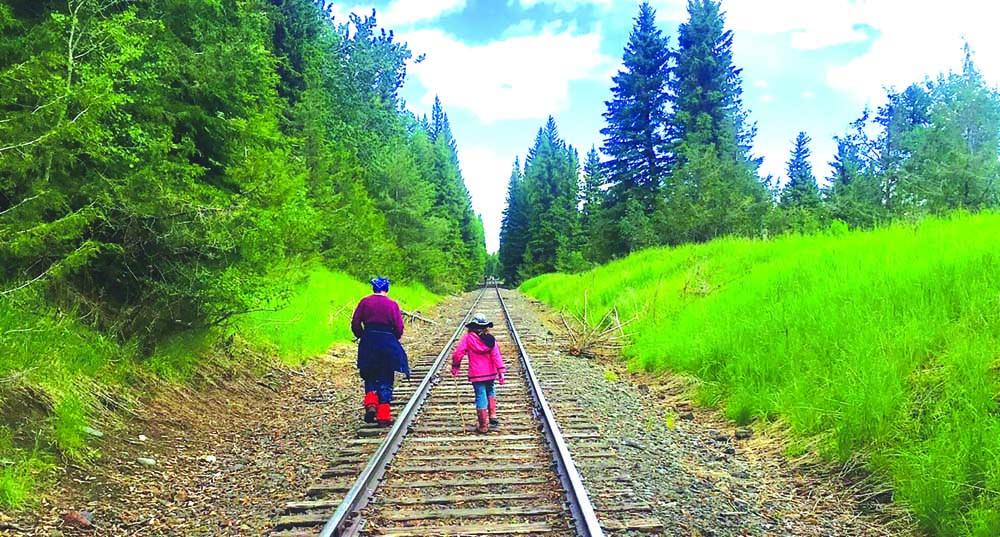It’s our fault: The OWL puzzle
Published 11:11 am Wednesday, May 22, 2019

- The Olympic Wallowa Lineament (OWL) is a relatively inactive thrust fault that begins in the Wallowas and crosses Washington to the Olympic Peninsula.
If you look at a topographic map of the Pacific Northwest, you are likely to notice an odd alignment of topographic features that seems to start with the Wallowa Fault on the northeast side of the Wallowa Mountains, and runs diagonally across Oregon and Washington to the Olympic Penninsula.
Known as the Olympic-Wallowa Lineament, or OWL, it was first noticed by a map-maker Edwin Raisz in 1945. In geology, where there’s a straight line, there’s often a fault. In this case, it would be a big one.
So geologists have for years puzzled over the meaning and origin of the OWL. One idea was that it is a major, and possibly active, strike-slip fault — a fault that moved rocks horizontally, with little vertical motion. The other was that it marked a thrust-fault — the kind of fault that shoved, or thrusts, one set of rocks up and over another. In the case of the OWL, it seemed to mark the northern end of the folds that produce those big ridges you drive across between Kennewick and Yakima and Ellensburg.
Now the mystery may be solved. It’s not a strike-slip fault. It’s a thrust fault that has shoved those folds (aka — big ridges) northwestward. In a paper presented at the Geological Society of America meeting in Portland May 16, Stephen Riedel of Washington State University and his co-authors concluded that the OWL is a thrust fault — but one that likely has not been very active (we hope) since about 10-12 million years ago.









